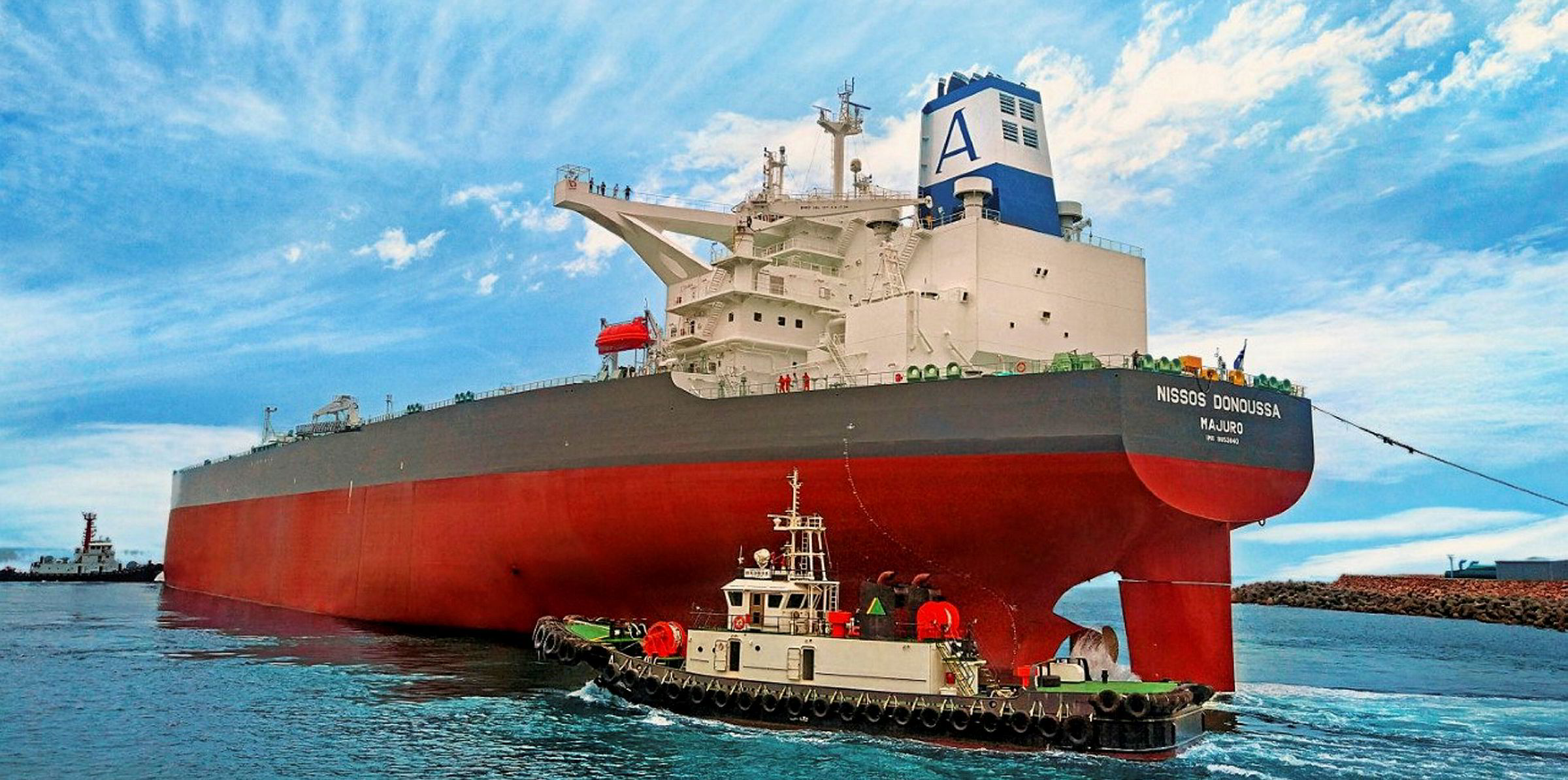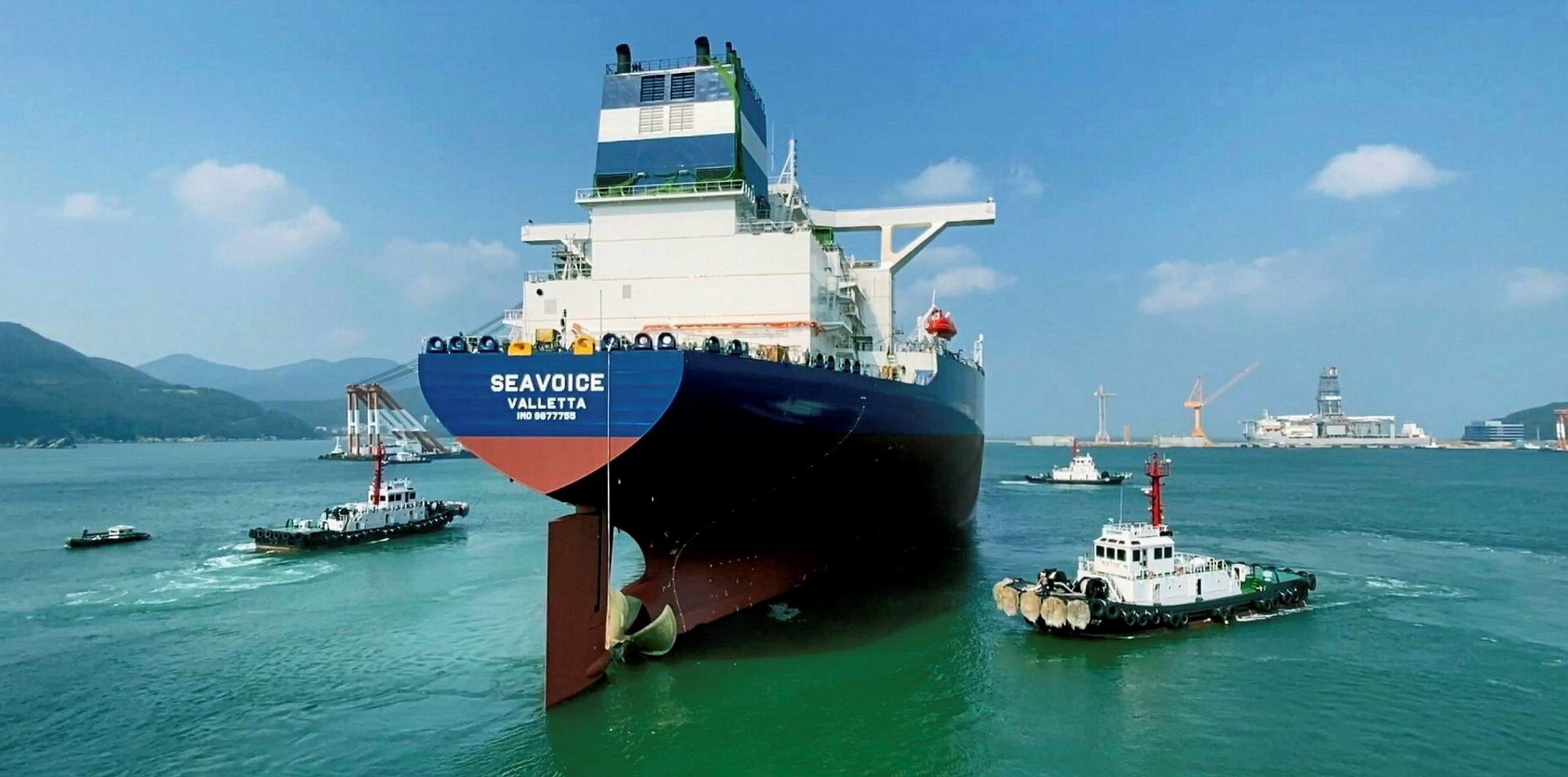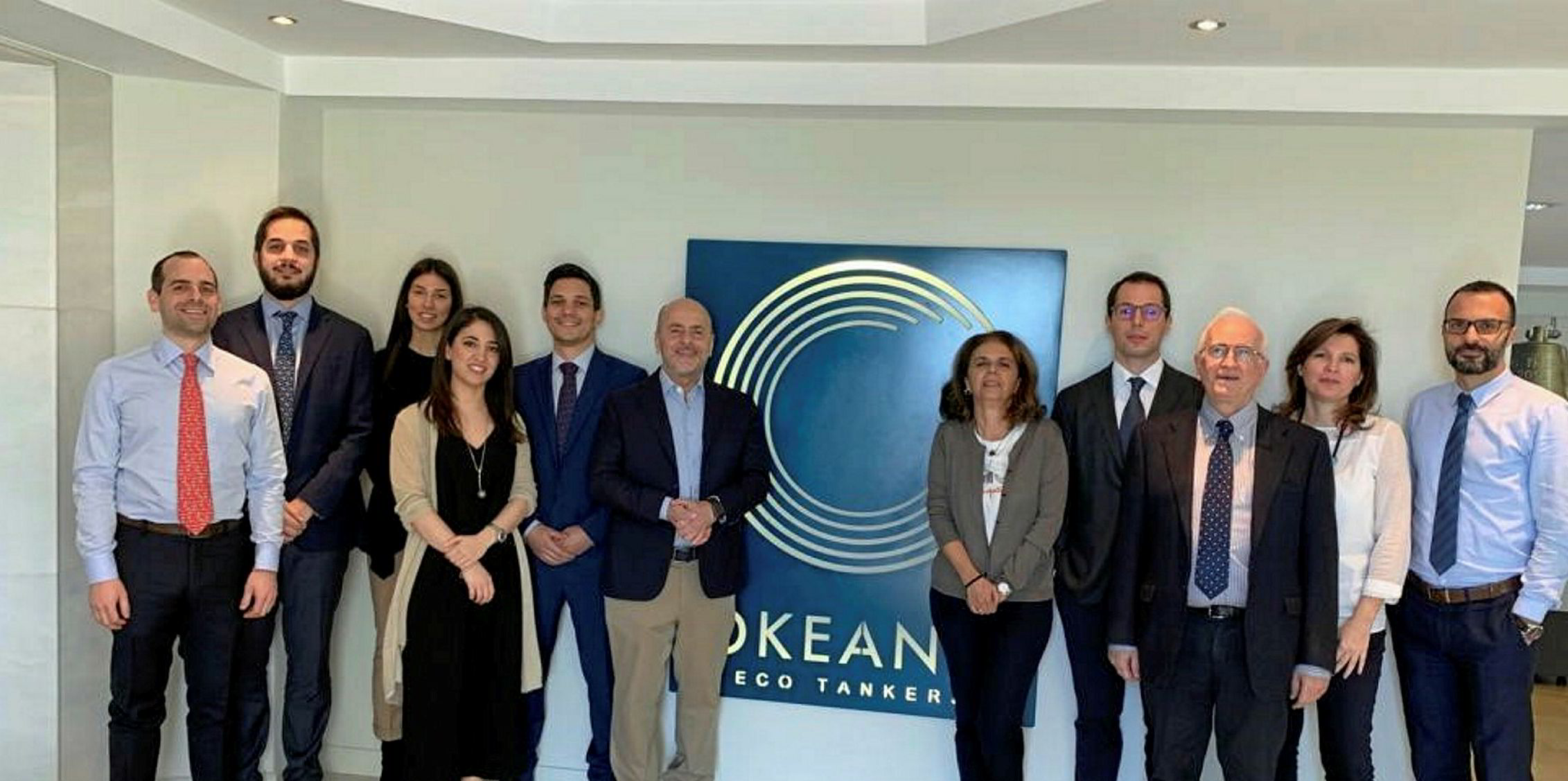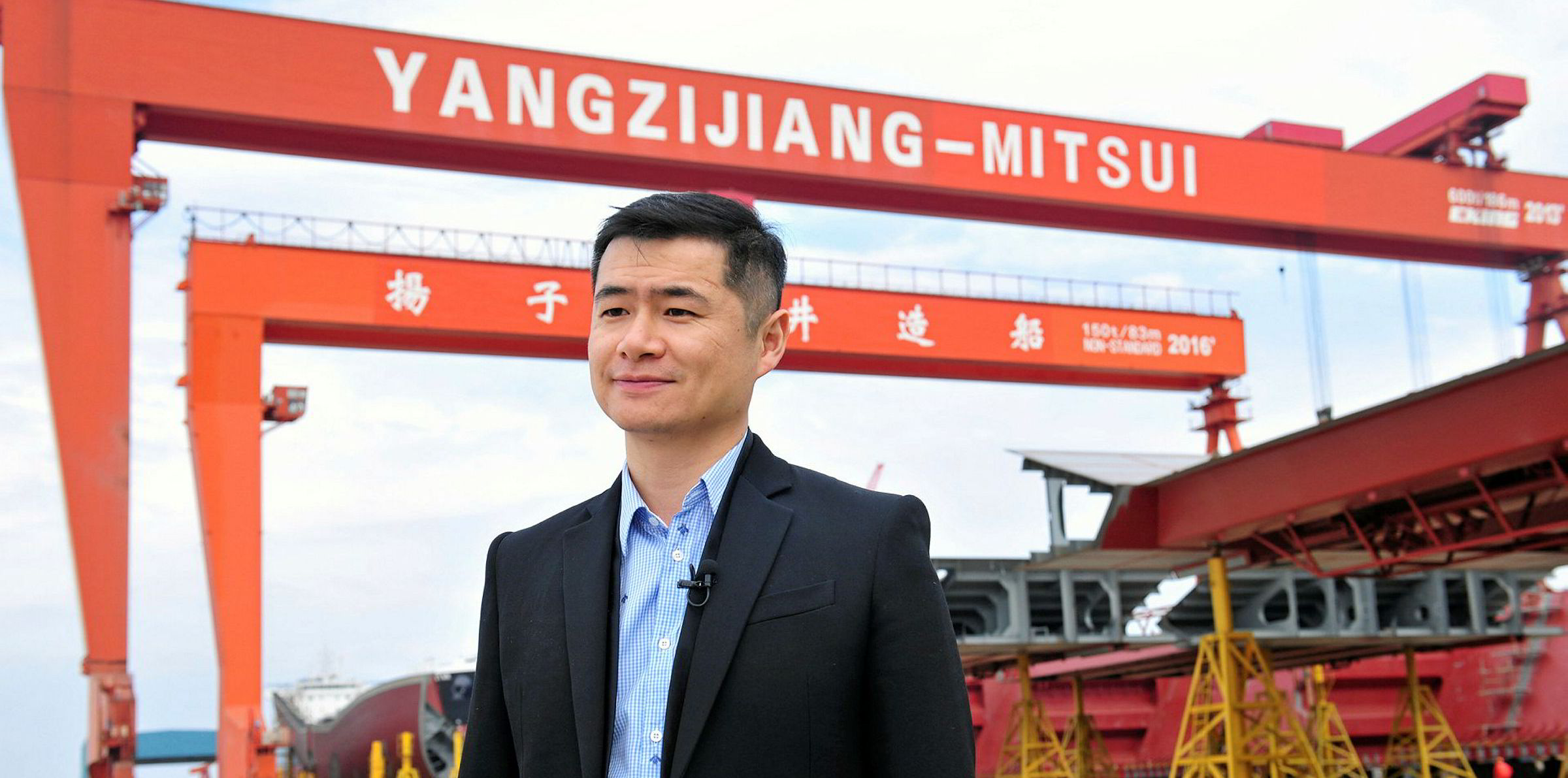VLCC rates remain under pressure as analysts dismissed a mid-September rally as a "dead-cat bounce".
Tanker owners are facing more tonnage competing for reduced spot cargoes as China's vessel congestion eases, with numbers at $10,100 per day from the Middle East Gulf to South Korea — down 15% from Friday.
Rates had briefly risen towards $30,000 per day in the middle of the month.
But Joakim Hannisdahl, head of research at Norwegian investment bank Cleaves Securities, said: "Given the lengthy tonnage list, it was unsurprising that the sudden rise in VLCC spot rates ... was more of a dead-cat bounce than a meaningful recovery.
"With all vessel classes close to opex [operating expense] levels, we fail to see any significant support from rising cargo levels over the coming week."
Greek shipowner Okeanis Eco Tankers said on Monday that it had agreed a one-year time-charter contract for a VLCC with a leading national energy company at $34,000 per day.
New deal for Okeanis
Okeanis will allocate the 319,000-dwt Nissos Donoussa or Nissos Kythnos (both built 2019), starting in November.
The deal illustrates the drop in rates since the Oslo-listed company chartered out another VLCC in April at the higher rate of $48,000, but for three years.
Another Norwegian investment bank, Fearnley Securities, said the cargo count for the Middle East Gulf stands at 30 stems so far for October, suggesting another month with total fixtures at or below the 100 mark.
This compares to an average of 146 per month in 2019.
Risk remains
"With vessels continuing to return from floating storage/delays and major volume uncertainty for the fourth quarter, risk remains on the downside as we enter the seasonally stronger winter months," Fearnley analysts Espen Landmark Fjermestad, Peder Nicolai Jarlsby and Ulrik Mannhart said.
Talks of Libyan exports resuming has provided owners with some hope for a rebound in volumes down the line, the analysts said.
"This is however yet to materialise, but [Libyan oil producer] NOC expects 260,000 bpd of production to come back from 27 September, with some other rumours pointing towards as much as 500,000 bpd could come back soon," the analysts said.
Libya produced 100,000 bpd in August, down 960,000 bpd year on year.
Libyan doubt
The few shipments of stored oil seen so far have gone east and predominantly to China.
"Historically Libyan oil, which includes Es Sider and Sharara [gasoline and middle distillate rich], has gone to north-west Europe and Med refiners, but the trend has been for more volumes ending up in the Far East," Fearnley said.
"A full comeback of Libyan oil production in the current world of weak oil demand may lend support to tankers in the short term, though it would in our view postpone the medium-term prospects for a sustainable recovery in the tanker market."
Clarksons Platou Securities said on the benchmark Middle East to China route, earnings are now assessed below operating costs at $7,700 per day.
South Korean oil company S-Oil managed to bring rates down further at the end of last week, with at least eight offers for one cargo.
Brokers said some compromised tonnage, such as older vessels or those having issues with safety approvals, could potentially knock off a few points more. But they argue that modern tonnage should not go much lower as owners would hold back when earnings hover around opex levels.
Brief flurry dies out
"Spot activity remains relatively quiet, which is impacting charter rates negatively across the tanker sector," Clarksons Platou said.
"After a brief flurry of VLCC activity two weeks ago out of West Africa, charterers have reverted to their generally subdued interest levels seen throughout the past few months.
"Overall, we remain cautious on tankers as the oil market focuses on destocking, with higher rate potential as we approach the winter months later this year."
UK shipbroker Howe Robinson Partners said progress has been slow going in the market, with charterers under no immediate pressure to conclude negotiations as they seek to drive rates down further.
TradeWinds reported last week that some trading houses have pulled out of recent period fixtures of VLCC newbuildings amid falling rates and limited opportunities for arbitrage trade and contango plays.
Deals fall through
At least three VLCC newbuildings were tentatively fixed for storage or gasoil shipments during their maiden voyages on time charters lasting at least six months.
But Gunvor subsidiary Clearlake Shipping reportedly did not go through with the fixture of Navios Maritime Acquisition’s 310,000-dwt Baghdad (built 2020) for six to nine months at $42,000 per day.
Suezmaxes remained at weak levels, with tonnage in "ample supply" and activity limited, according to Howe Robinson.
"The Mediterranean and Black Sea remains quiet with a light first decade [first 10 days of the month] out of the Black Sea and uncertainty surrounding Libya as to what degree that will affect the volume of cargo in the Med. It remains difficult to see any form of recovery," the broker said.
Fearnley Securities assessed rates on the TD6 (Black Sea to the Mediterranean) and TD20 (West Africa to UK and northern Europe) routes at $2,700 per day.








